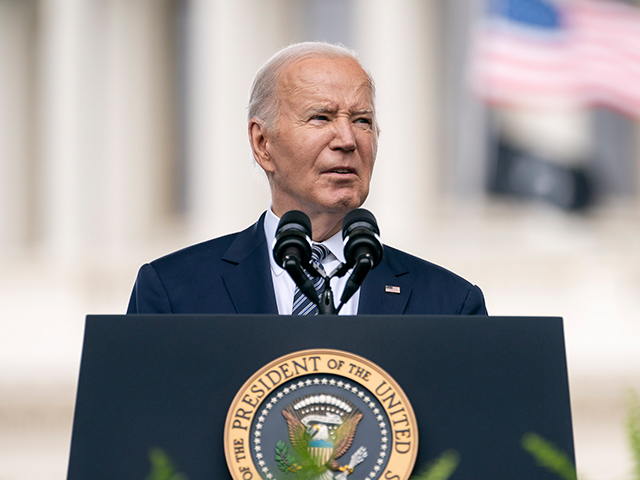In February, all major banks and forecasting firms on Wall Street were predicting a rate cut in the first half of the year. Out of 18 firms surveyed by the Wall Street Journal‘s Fed watcher Nick Timiraos, six were projecting a Fed cut in May, with the rest expecting the first cut in June.
Since then, forecasts have changed significantly. Timiraos’s latest report identifies 21 firms with Fed cut predictions. Following Goldman Sachs’ shift to September on Friday, only three firms—JPMorgan, MUFG, and Citigroup—now anticipate a July cut (none predict a cut in June). Ten firms are forecasting a September cut. Five expect the first cut in December, while three believe the Fed will wait until next year.
Delaying the first cut also delays the total size of cuts predicted for this year. Seven firms project 25 basis points of cuts, and another seven foresee 50 basis points of cuts. JPMorgan and Morgan Stanley both expect cuts totaling 75 basis points. Citigroup still predicts 100 basis points of cuts, anticipating a quarter-point cut at each meeting starting in July. MUFG predicts 125 basis points of cuts. The three firms expecting no cuts this year anticipate zero basis points of cuts.
With Goldman Sachs changing its Fed cut call to September, most sell-side bank forecasters and other Fed tipsheets now see the first cut in September, with December the next-most-likely date for a rate reduction pic.twitter.com/OQr8zVTMqQ
— Nick Timiraos (@NickTimiraos) May 24, 2024
Prudence Rules Out November and September Cuts
Interestingly, none of the Wall Street forecasters believe the Fed will cut rates at its November meeting. This meeting falls just after election day. It seems likely that Wall Street economists are correct in assuming the Fed will avoid changing interest rate policy during this volatile time in markets and politics. Considering the recent chaotic presidential elections, it’s possible the election outcome might still be uncertain when the Fed convenes in November.

President Joe Biden delivers remarks in Washington, DC, on May 15, 2024. (Tia Dufour/Department of Homeland Security via Flickr)
Similar prudence likely rules out a September cut. Unless an unforeseen economic emergency arises, cutting in September offers little benefit compared to waiting until December. With President Biden vocally advocating for a Fed cut, a September cut could appear politically motivated. Waiting an additional 12 weeks is unlikely to alter the economy’s trajectory significantly, especially given the Fed’s stance that rate changes impact the economy with a long and variable lag.
It wouldn’t take much to sway forecasters against predicting cuts this year, especially those currently projecting a December cut. Bank of America’s Michael Gapen seems nearly ready to abandon the December cut prediction. He wrote on Friday: “Recent Fedspeak and the May FOMC minutes clarify that this year’s upside inflation surprises, coupled with strong activity, are likely to eliminate the prospect of rate cuts for now.”
The Unseen Possibility of Rate Hikes Haunts the Fed
Although most of Wall Street still considers a rate hike highly improbable, some doubts have started to emerge. Some analysts now believe that while the bar for a rate hike is very high, it is no longer impossible. Gapen’s note, for instance, states that “hikes would likely only come into play if inflation (or inflation expectations) increase significantly.” Given that the S&P Global U.S. PMI indicated May experienced the fastest economic expansion in two years and a manufacturing resurgence, we might indeed be moving towards such a scenario.
We’ve previously suggested that the Fed should prepare the public for potential rate hikes, to help the market factor in the risk of higher rates and reduce the political fallout from a sudden policy shift from anticipated cuts to hikes.
Federal Reserve Chairman Jerome Powell answers questions at a press conference on May 1, 2024. (U.S. Federal Reserve via Flickr)
Imagine the political uproar if the Fed unexpectedly announced a rate hike during a re-elected President Trump’s first term back in the White House. Even if economic conditions warranted the move, many Trump supporters would likely view it as an anti-president maneuver, especially after the Fed effectively promised cuts during Biden’s final year in office.
Fortunately, the Fed has begun signaling that a rate hike is a genuine possibility. The minutes from the latest Fed meeting revealed that “various participants” expressed a willingness to hike rates if inflation trends unfavorably. More such warnings could reduce shock—and political backlash—should the Fed need to execute a hike next year.